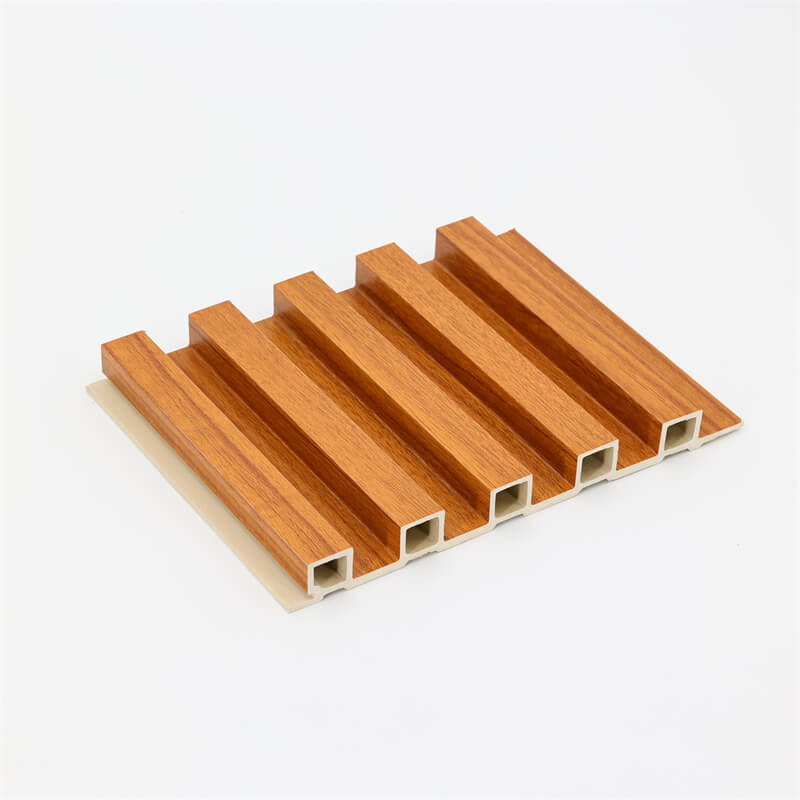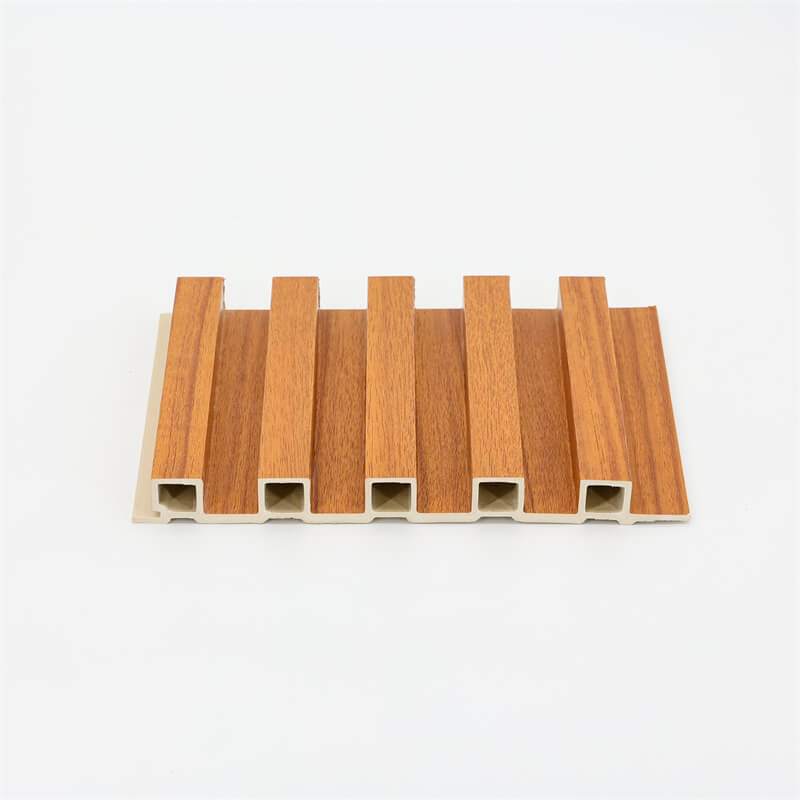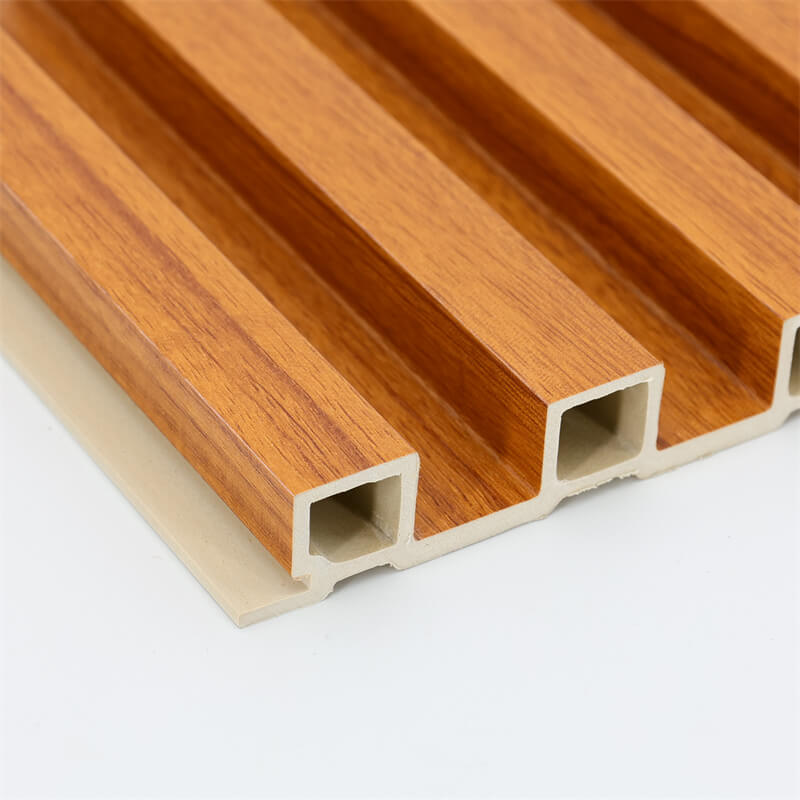
In today’s world, where environmental sustainability is a growing concern, finding eco-friendly construction materials is crucial.
Panels made from WPC (Wood-Plastic Composite) have emerged as a sustainable alternative to conventional materials in the construction industry.
WPC panels offer a unique combination of durability, versatility, and environmental friendliness, making them an excellent choice for eco-conscious builders and architects.
In this article, we will explore the benefits of using WPC panels in construction projects, their eco-friendly features, and their applications in various building components.
With a focus on sustainability, we will delve into the manufacturing process, sourcing of raw materials, and the long-term environmental impact of using WPC panels.
I. Understanding WPC Panels: An Overview of the Material and Manufacturing Process
To comprehend the environmental benefits of WPC panels, it is essential to understand the material itself and the manufacturing process involved:
Composition of WPC panels: WPC panels are composed of a combination of wood fibers or flour and thermoplastic polymers.
The precise composition may vary depending on the manufacturer, but it generally consists of a blend of recycled wood fibers and recycled or virgin thermoplastics such as PVC or PE.
Manufacturing process: WPC panels are typically manufactured through a process called extrusion, where the wood fibers and thermoplastic materials are blended together and then shaped into panels using specialized equipment.
This process minimizes waste and energy consumption compared to traditional manufacturing methods.

II. Environmental Advantages of WPC Panels: A Sustainable Choice
WPC panels offer several environmental advantages that make them a sustainable choice for construction projects:
Use of recycled materials: The incorporation of recycled wood fibers and thermoplastics in WPC panels helps reduce the demand for virgin materials and diverts waste from landfills.
By utilizing recycled content, WPC panels contribute to the conservation of natural resources and reduce the environmental impact associated with extracting and processing raw materials.
Reduced carbon footprint: The manufacturing process of WPC panels consumes less energy compared to traditional materials like timber or concrete.
This results in a reduced carbon footprint and lower greenhouse gas emissions, contributing to the fight against climate change.
Longevity and durability: WPC panels are known for their durability and resistance to rot, decay, and pests.
Their extended lifespan minimizes the need for frequent replacement, reducing waste generation and the overall environmental impact.
III. Applications of WPC Panels in Sustainable Construction
WPC panels find applications in various building components, offering sustainable alternatives to conventional materials:
Exterior cladding: WPC panels can be used as an eco-friendly alternative to traditional exterior cladding materials such as wood, vinyl, or aluminum.
They provide excellent weather resistance, durability, and aesthetic appeal, enhancing the energy efficiency and sustainability of buildings.
Interior wall panels: WPC panels offer a sustainable solution for interior wall paneling.
They can mimic the look of natural materials like wood or stone while providing superior durability and resistance to moisture and wear.
WPC panels also contribute to improved indoor air quality by avoiding the use of toxic adhesives or coatings.
Flooring: WPC panels are widely used as a sustainable flooring option.
They can be installed in residential and commercial spaces, offering the look and feel of hardwood flooring with added durability and moisture resistance.
Furniture and cabinetry: WPC panels can be incorporated into the manufacturing of eco-friendly furniture and cabinetry.
They provide a sustainable alternative to conventional materials, ensuring long-lasting and aesthetically pleasing products.

IV. Life Cycle Assessment and End-of-Life Considerations
To fully assess the environmental impact of WPC panels, it is important to consider their life cycle and end-of-life options:
Life cycle assessment (LCA): LCA evaluates the environmental impact of a product from raw material extraction to disposal.
WPC panels have shown favorable results in LCAs, indicating lower energy consumption, greenhouse gas emissions, and resource depletion compared to conventional materials.
Recyclability and disposal: At the end of their lifespan, WPC panels can be recycled, contributing to a circular economy.
They can also be disposed of in an environmentally responsible manner, as they do not leach toxic substances into the soil or water.
In conclusion, WPC panels offer a sustainable alternative to conventional construction materials.
Their composition of recycled wood fibers and thermoplastics, coupled with their energy-efficient manufacturing process, makes them an eco-friendly choice for builders and architects.
The durability, versatility, and aesthetic appeal of WPC panels allow for their application in various building components, including exterior cladding, interior wall panels, flooring, furniture, and cabinetry.
Additionally, the lower carbon footprint and extended lifespan of WPC panels contribute to reduced environmental impact and waste generation.
As the construction industry continues to prioritize sustainability, WPC panels provide a viable solution for eco-friendly construction practices.
By embracing WPC panels, we can create more sustainable buildings and contribute to a greener future.
